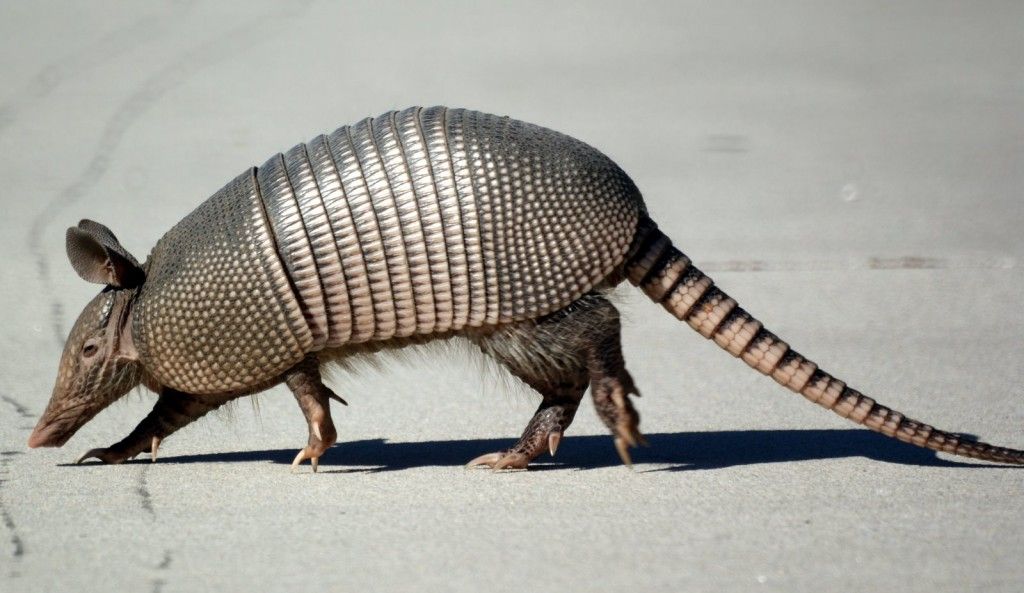
March 30, 2024
The U.S. Fish and Wildlife Service has announced plans to restore key protections for endangered plants and animals, reversing Trump-era rollbacks that had weakened the Endangered Species Act (ESA).
Originally proposed last year, the restoration of these rules has faced opposition from Republican lawmakers and industry groups, who argue that such regulations hinder energy development and economic growth. Critics claim the Biden administration prioritizes conservation at the expense of oil, gas, and coal industries.
The 1973 Endangered Species Act has long been seen by developers and industry advocates as a regulatory hurdle. During the Trump administration, officials scaled back ESA rules, including protections for species such as the gray wolf and northern spotted owl. One major change in 2019 eliminated automatic protections for newly listed “threatened” species—a regulation that had been in place for decades.
The proposed rule changes under the Biden administration would once again require blanket protections for threatened species. They would also allow the designation of critical habitat areas, even in regions where a species is no longer present, and prevent economic considerations from influencing decisions about whether a species should be protected.
Conservationists view the move as a crucial step toward preserving biodiversity, especially as species face mounting threats from habitat destruction, climate change, and other environmental pressures.
Disclaimer: This blog post is for edutainment purposes only and may not be entirely accurate.








